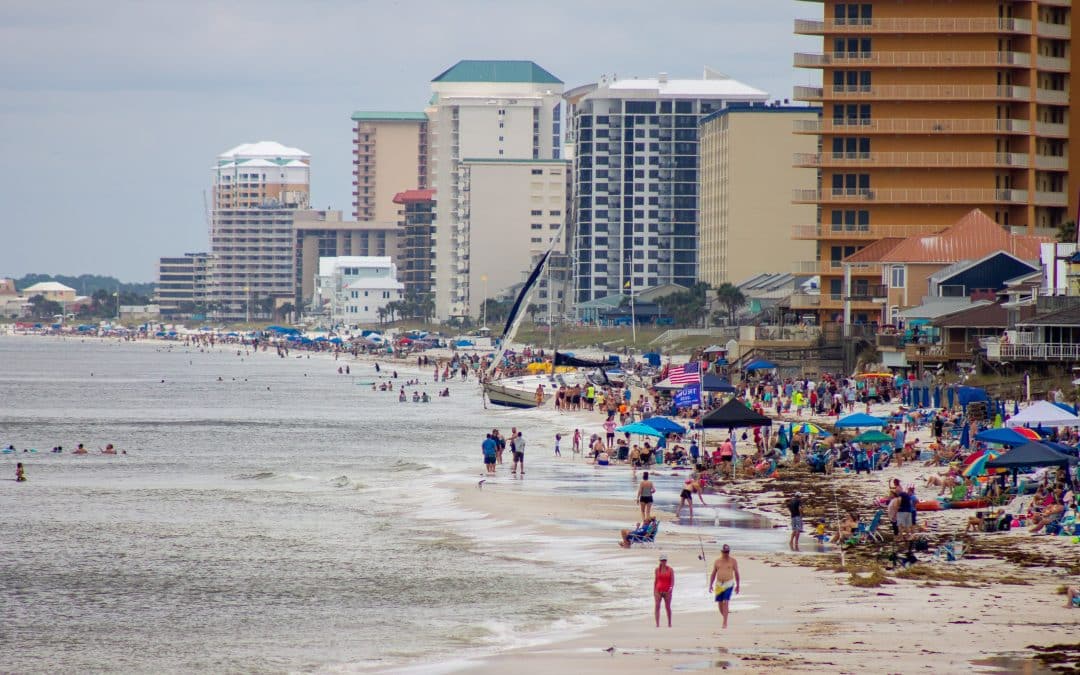One of the critical hotel revenue management formulas – used on the daily basis in hotels, is hotel occupancy rate.
Let’s uncover more about this rate and how to calculate it.
What is the hotel occupancy rate?
The average occupancy metric shows the percentage of occupied rooms during a chosen time. It’s one of the most common KPIs used in hospitality. Simply put, it shows how full your hotel is.
Furthermore, you can use it alongside other Key Performance Indicators (KPIs) like average daily rate (ADR) or revenue per available room (RevPar) in your revenue management strategy.
How to calculate hotel occupancy rate?
The formula for it is simple. For a daily occupancy rate, divide the number of booked rooms by the total number of rooms. Then multiply it by 100 to convert it into a percentage.
Hotel occupancy rate = Number of occupied rooms (in the chosen period) / Total number of available rooms.
What is considered a good hotel occupancy rate?
It’s important to remember that while this metric is important, it’s not always ideal concentrating solely on increasing the hotel occupancy. Why? Because your focus should lay in increasing revenues – and full occupancy doesn’t always mean more revenues.
100% occupancy rate is not always ideal, as it increases the costs involved, like cleaning, or can mean that hotel rooms sold out for a too low price. It would help if you looked for a balance where your occupancy rate is high and you’re maximizing profits from each room.
Sometimes a hotel that is 80% full has higher revenues than the one fully occupied.
That’s why it’s good to use it alongside other metrics like ADR or RevPar.
So if you ask what’s the good occupancy rate, it will be the one that brings the most revenues to your hotel.
7 top ideas to increase occupancy rate in a hotel
There are many ways you can increase the occupancy in a hotel. Here are few ideas from Pricepoint:
- Optimize hotel website for the best online and mobile experience
- Add the booking engine, which makes it easier for the travelers to book directly on the website
- Create special offers and packages personalized to your audience
- Use a revenue management system that will help you set the best rates, and optimize your occupancy and increase revenues
- Connect with your audience on the social media
- Tempt guests to stay longer than the weekend with special offers
- Use local events to attract customers
More about Key Performance Indicators
Learn about other KPIs used in hospitality, like ADR, RevPar, Length of Stay, in our article about revenue management formulas.
About Pricepoint
Pricepoint helps hotels and hostels maximize revenues with an automated revenue management system. On this blog, Pricepoint shares industry knowledge about revenue management.
Written by Ewa Gabara, Marketing Coordinator

